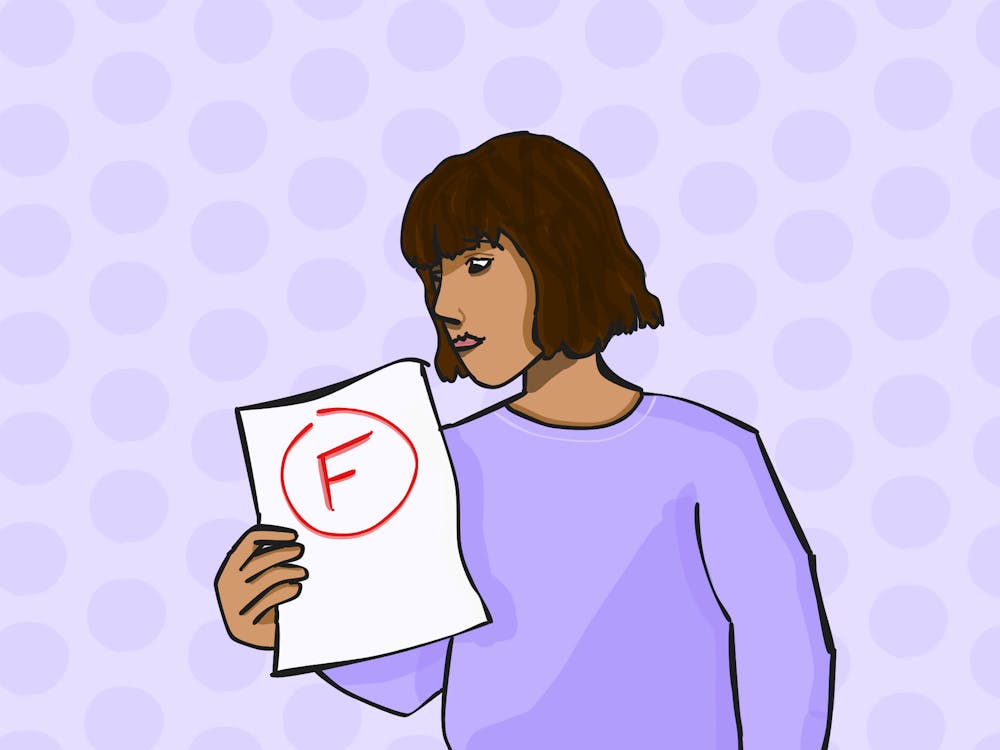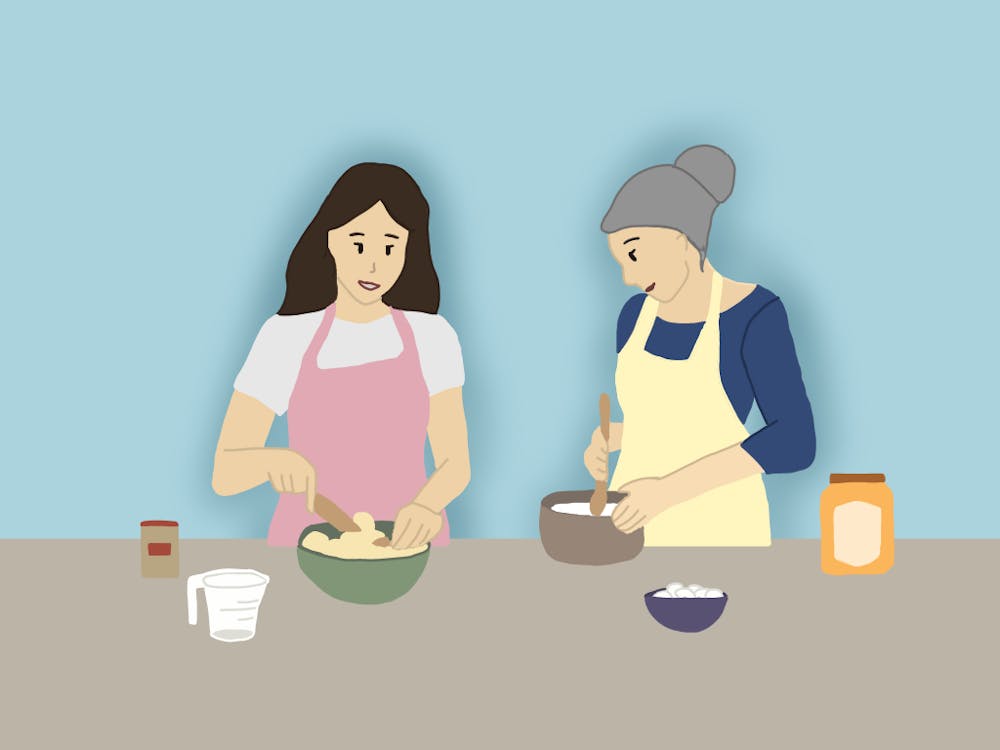(This is the sixth and last in a weekly series of articles on road trips within reasonable reach of the University.)
I shall be telling this with a sigh
Somewhere ages and ages hence:
Two roads diverged in a wood, and I -
I took the one less traveled by,
And that has made all the difference.
-Robert Frost,
"The Road Not Taken"
Charlottesville is much more than Emmet Street, more than the Lawn, more than Harris Teeter and more than the Mad Bowl. It's more than Rugby Road, more than Scott Stadium, more than Mincer's and more than Little John's. And until you turn your car off JPA, 29 and 14th Street, you have little reason to believe me.
There are roads beyond the Downtown Mall that stretch for miles. There are fabulous sights tucked away that aren't in any brochure or Web site. There are houses where real people live, people who don't go to or teach class at the University.
But don't take my word for it. Go out and find them yourself.
When I started my journeys for this series, I used Walt Whitman as my crutch, citing his "Song of the Open Road" as a captivating call for exploration. I wanted to believe, as he did, "that much unseen is also here." For the final chapter in this travelogue of sorts, it's only fitting that I searched for the unseen here, that is, in Charlottesville.
I will graduate from the University in 25 days, and I've discovered I hardly even know the surroundings in which I've lived for four years. I know the bus routes, I know the path from the Corner to Cabell Hall, from Lefevre to O-Hill, but I knew little about Charlottesville beyond the University community.
So I went out in search of it.
I drove down 5th Street, which reaches far beyond the Downtown Mall and Route 64 before bleeding out of Charlottesville into Albemarle County and thinning into Old Lynchburg Road. The street narrows from four lanes to two, from double lines to no lines at all, from a sprawling road bordered by Taco Bell and a Waffle House to a mere vehicle path enveloped by green grass, tall trees and humble homes.
After a few minutes of careful cruising uphill, Old Lynchburg Road intersects with Red Hill Road by a small Baptist church. Stop for awhile and stroll through the cemetery there. Listen to the sheer silence of it all. Note the dates on the gravestones. Remember the names as you drive back down the mountain and see that each offshoot road is named after the families buried uphill. Read the inscriptions on the markers, especially that of J. Pearce Moon: "His life was gentle and the elements so mixed in him that nature might stand up and say: This was a man." Whoah.
Once you're back down the hill and returning to town, turn onto East Market Street and follow it until it ends. Watch how quickly it changes from the road on which Guadalajara is situated to the road next to a small, dammed river and a sweet, unknown part of town. Get out and trek down to the Rivanna River. Walk along the dam wall for a few steps. Look around and marvel at the fact that you still are in Charlottesville, where five o'clock traffic is enough to make one cry, where evenings feature drunken, rowdy students stumbling through the streets, where issues are debated ad nauseam, oftentimes without resolution. It's enough to make you sigh.
Then venture down Barracks Road, even past Foxfield Race Track. Turn down the windy roads and enjoy the awe of the views. Go on a clear night and admire the stars in their sheer splendor. Here they are much more abundant than those you can view from the so-prestigious Lawn. The lack of light pollution coaxes even the most faint ones to shine.
These places exist. They are only unknowns because we let them remain that way. Whitman, trying his damnedest to do this, says of the road: "Here is realization, / Here is a man tallied - he realizes here what he has in him, / The past, the future, majesty, love - if they are vacant of you, you are vacant of them."
And finally I have the answer to the question I posed six weeks ago. I wondered in print how Whitman could claim that the road could express us better than we express ourselves. I wondered how, then, could taking to the road articulate more fully what one supposedly knows.
The answer came through the fields dedicated to Civil War soldiers in Manassas, through the enormous, physically-defying Natural Bridge, through the numbing nectars of Virginia vineyards, through the twists and turns of King's Dominion, through the simplicity of the Northern Neck, through the roads not taken near Charlottesville.
The answer is this: Exploring forces you to reevaluate the way you live. It gives you a picture of how others do. It forces you to assess the way you handle things. It makes you rethink the things you thought you had figured out. The road expresses us better than we express ourselves because it forces us to investigate ourselves, even if only within the confines of our thoughts.
But, as I've discovered, you can't learn that from me.
The road is before you.






